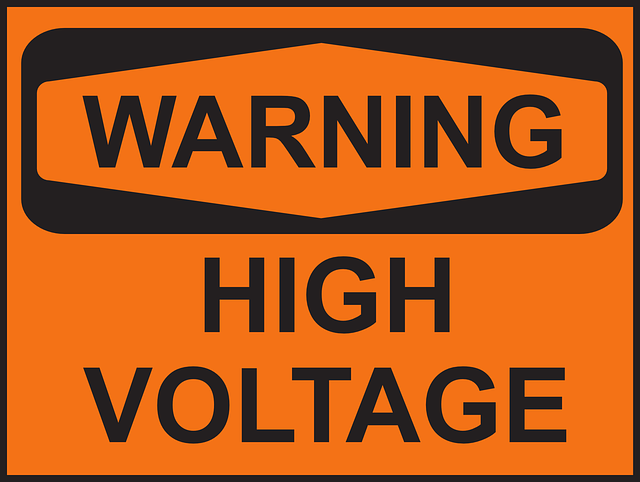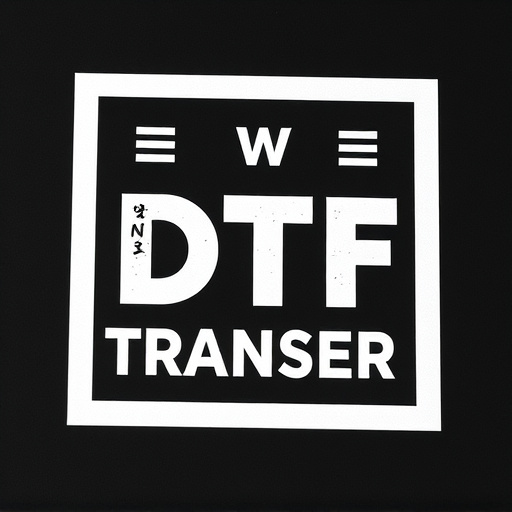Direct-to-film (DTF) transfers have revolutionized printing in the US by offering high-quality, durable prints on various surfaces without intermediate films or plates. This technology caters to customization demands and faster production times, solidifying its position as a game-changer across sectors like automotive, advertising, and signage. DTF's versatility, fast production, and minimal setup requirements make it a popular choice for product personalization, enhancing branding and visual appeal in American industries. With ongoing innovations, DTF transfers are poised to play an increasingly central role in US manufacturing and design.
Direct-to-film (DTF) transfers have experienced a significant surge in popularity within the United States. This innovative printing technique is transforming various industries by offering high-quality, customizable designs on a range of media. From apparel and signage to packaging and décor, DTF printing presents limitless creative opportunities.
This comprehensive guide explores the rise of DTF in America, delving into its process, benefits, quality considerations, market trends, and successful real-world applications, highlighting why it’s a game-changer for businesses seeking unique, on-demand solutions.
- Understanding Direct-to-Film Transfers (DTF) and Their Rise in the US
- The Process: From Design to Final DTF Print
- Benefits of DTF Printing for Various Industries
- Quality Assurance and Considerations in DTF Transfer Production
- Market Trends and Future Prospects of DTF in the United States
- Case Studies: Successful DTF Applications in America
Understanding Direct-to-Film Transfers (DTF) and Their Rise in the US
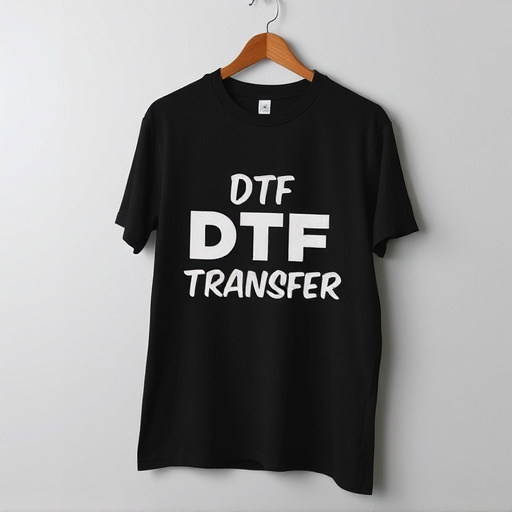
Direct-to-film transfers (DTF) represent a cutting-edge technology that has revolutionised the printing industry in the United States. This innovative process allows for the creation of high-quality, durable prints directly onto various surfaces, such as metal, plastic, and even glass, without the need for intermediate films or plates. The rise of DTF in the US can be attributed to several factors: the increasing demand for customisation, the need for faster production times, and advancements in printing technology.
Compared to traditional printing methods, DTF offers a range of benefits that make it particularly appealing to businesses and consumers alike. It enables on-demand printing, allowing companies to produce customised products swiftly and cost-effectively. Moreover, DTF prints boast exceptional durability and vibrant colours, ensuring that images and designs remain crisp and long-lasting. This technology has found applications across diverse sectors, including automotive, advertising, and signage, driving the growing popularity of DTF transfers in the American market.
The Process: From Design to Final DTF Print

The process of creating a direct-to-film (DTF) transfer involves several meticulous steps to ensure the highest quality prints. It begins with design, where artists meticulously craft the desired image using specialized software, incorporating intricate details and vibrant colors. This digital masterpiece is then prepared for printing by setting up the film plate, ensuring precise alignment and registration for a flawless reproduction.
The actual DTF printing process involves exposing the film to UV light through a negative of the design, curing the ink and creating a durable, long-lasting image on the film. This exposed film is then carefully transferred onto various substrates like fabric, metal, or wood. Skilled technicians handle this step, ensuring accurate registration and precise cutting to achieve crisp, clean lines. After the transfer, the print undergoes quality control checks, inspecting for any imperfections before finalization. This meticulous process results in stunning DTF prints, showcasing the artistic vision from concept to physical manifestation.
Benefits of DTF Printing for Various Industries

Direct-to-film (DTF) transfers offer a multitude of benefits across various industries in the United States. This innovative printing method allows for high-quality, durable prints on a wide range of materials, from clothing and textiles to signs and decorations. One of its key advantages is speed and efficiency; DTF Printing can produce vibrant, detailed designs with minimal setup time, making it ideal for small batch production or even one-off custom items.
Moreover, DTF Transfers provide exceptional versatility. They can be applied to various surfaces without the need for specialized equipment, opening up opportunities in industries like fashion, where designers can swiftly bring unique garments to market. In the signage sector, DTF prints enable high-resolution graphics on both indoor and outdoor displays, enhancing visual appeal and branding effectiveness. This technology’s adaptability contributes to its growing popularity across diverse sectors, solidifying its position as a game-changer in modern printing.
Quality Assurance and Considerations in DTF Transfer Production
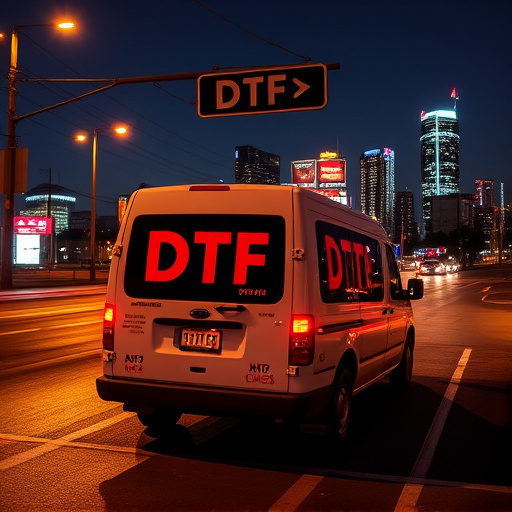
When producing direct-to-film (DTF) transfers in the United States, meticulous Quality Assurance (QA) processes are paramount to ensure optimal results. These transfers, where designs are printed directly onto film for subsequent application onto various surfaces, demand precision and attention to detail due to their intricate nature. QA involves rigorous testing at every stage of production to maintain consistent print quality, color accuracy, and resolution.
Considerations in DTF transfer production include optimizing ink formulations for suitable adhesion to film and the final substrate, ensuring proper drying times without smudging or fading, and accounting for environmental factors that can impact both printing and curing processes. Regular calibration of equipment and adherence to strict material specifications are vital to guarantee reproducible DTF prints, catering to diverse applications from decorative automotive wraps to eye-catching signage.
Market Trends and Future Prospects of DTF in the United States
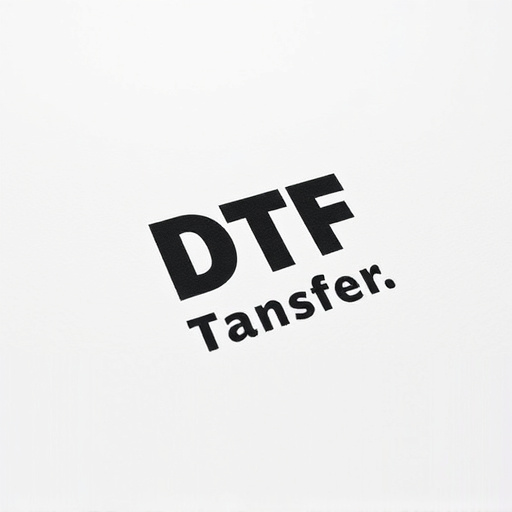
The Direct-to-Film (DTF) transfer market in the United States has witnessed a steady rise in popularity and adoption across various industries, from apparel to signage. This trend is driven by the unique advantages of DTF Printing: offering vibrant colors, high resolution, and the ability to print on a wide array of materials without the need for complex set-up. As technology advances, DTF Transfer has become more accessible and cost-effective, allowing businesses to produce custom prints quickly and efficiently.
Looking ahead, the future prospects for DTF in the US remain promising. The growing demand for personalized, on-demand products is expected to propel the market forward. Additionally, advancements in ink technology and printing techniques will further enhance the quality and versatility of DTF Prints. With its ability to streamline production processes and cater to diverse applications, DTF Transfer is poised to become an even more integral part of the American manufacturing and design landscape.
Case Studies: Successful DTF Applications in America
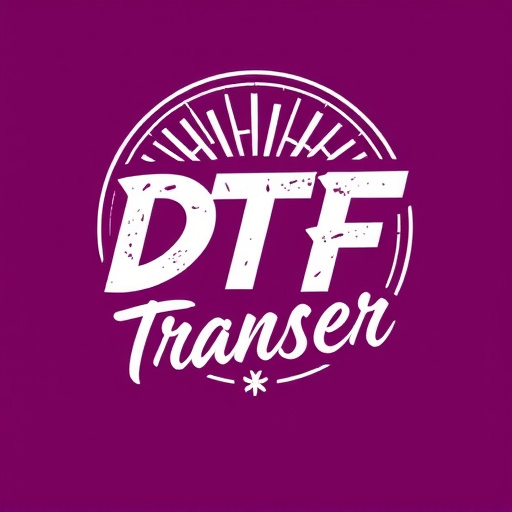
Direct-to-film (DTF) transfers have seen a surge in popularity and successful applications across various sectors in the United States. Case studies highlight their benefits, showcasing how DTF printing has revolutionized product personalization and branding. For instance, custom clothing manufacturers are leveraging DTF technology to offer an array of design possibilities, allowing customers to create unique garments with intricate graphics and personalized messages. This method enhances product appeal, especially among younger demographics who appreciate individuality and self-expression.
Moreover, DTF transfers have found a niche in the promotional products industry. Businesses are utilizing DTF printing for creating customized items like phone cases, mugs, and keychains, which serve as effective marketing tools. The technology’s ability to produce high-quality prints directly on various surfaces makes it an attractive option for companies seeking to leave a lasting impression with their branding. With its versatility and efficiency, DTF transfers are indeed transforming the way businesses approach product customization in America.

